Chemical Treatment of Wastewater
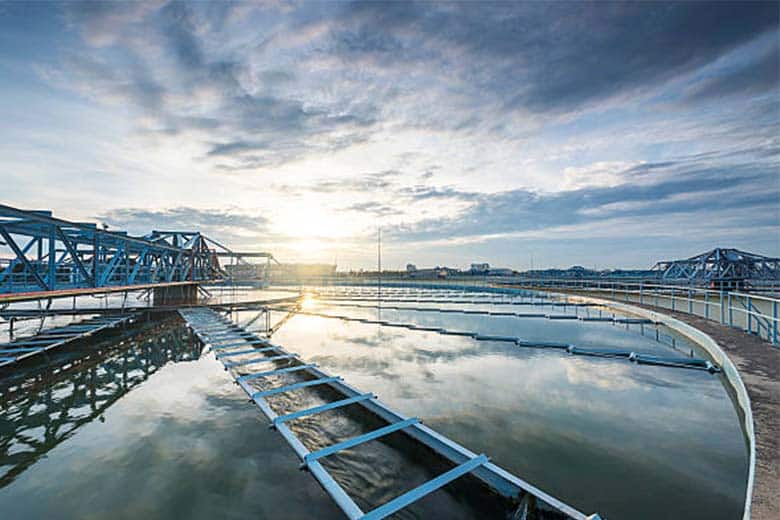
Wastewater is an unavoidable by-product of industry, agriculture and urban life. It may contain a variety of hazardous substances, including heavy metals, organic compounds, bacteria and other pollutants. These pollutants, if not properly treated, can have serious impacts on the environment and human health. With such challenges, chemical treatment has become a key tool that helps to convert wastewater into water that can be reused or safely discharged by utilizing chemically dosed water treatment.
Wastewater chemistry and challenges
The chemical composition of wastewater is very diverse, depending on its source and the process by which it is generated. These constituents may include organics, inorganics, microorganisms, heavy metals and various other chemicals. The following are the main chemical constituents that wastewater may contain and the associated challenges:
Organic matter
Challenge: Organic substances such as chemical residues, organic compounds in industrial wastewater, etc. can have adverse effects on water quality and ecosystems.
Common substances: Petroleum hydrocarbons, solvents, dyes, etc.
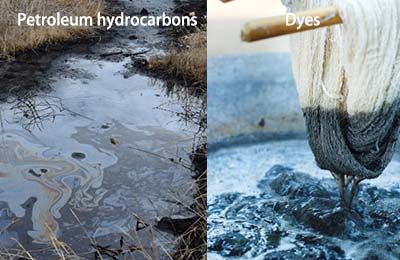
Inorganic compounds
Challenge: Wastewater containing heavy metals, salts and inorganic compounds can cause long-term harm to water resources and ecosystems.
Common substances: Heavy metals such as lead, mercury, cadmium and chromium; inorganic salts such as chlorides and sulfates.
Microorganisms
Challenge: Wastewater containing bacteria, viruses and other microorganisms can cause infectious diseases and health problems.
Common microorganisms: E. coli, Salmonella, etc.
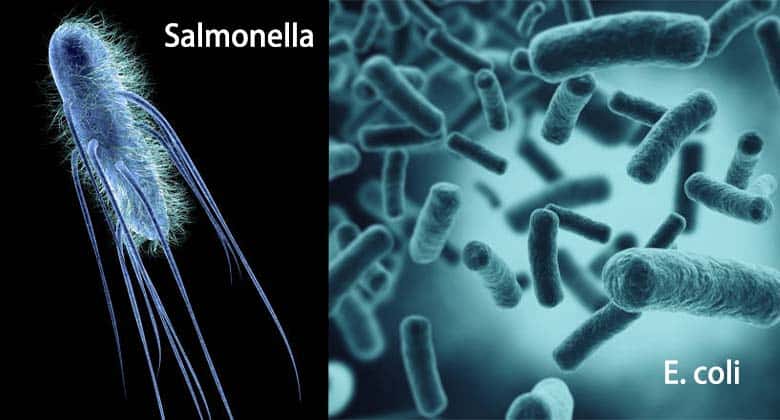
Water soluble organics (SWO)
Challenge: SWOs from industrial wastewater and chemical production can be toxic and negatively impact water ecosystems and water quality.
Common substances: Certain solvents, pesticides and pharmaceutical residues, etc.
Volatile organic compounds (VOCs)
Challenge: VOCs from printing, paints, cleaners, etc. pollute the air and water and can be hazardous to human health.
Common substances: Formaldehyde, benzene, xylene, etc.
Suspended solids and sediments
Challenge: Large amounts of suspended solids and sediments reduce water clarity, affecting water quality and ecological balance.
Common substances: Suspended particles, sediment, sludge, etc.
Chemical treatment of wastewater
When it comes to wastewater treatment, chemical treatment is one of the key aspects and involves several important methods:
Coagulation and flocculation
This process is designed to aggregate tiny suspended particles into larger flocs that are easier to remove. It involves two steps:
Coagulation: A chemical (e.g. aluminum sulfate, ferric chloride, etc.) is added to the wastewater to form a gelling substance that causes tiny particles to coagulate into larger clumps.
Flocculation: Flocculants (e.g., polymers) are subsequently added by pump to help form larger clots (flocs) that can be easily removed by settling or filtration.
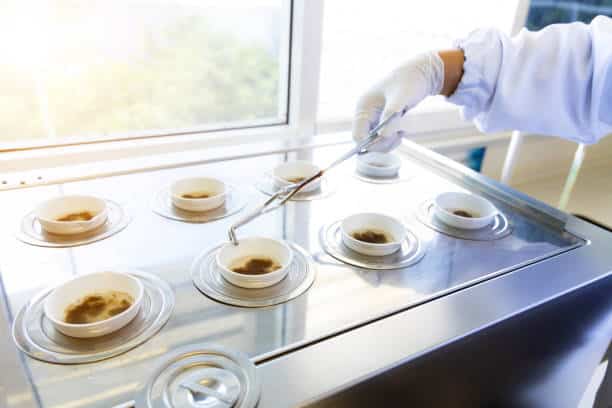
Commonly used chemicals:
Aluminum sulfate
Ferric chloride
Polymer
Conveying medium:
peristaltic pump
diaphragm pump
centrifugal pump
plunger pump(HJ-Z mechanical dosing pump)
magnetic pump
screw pump
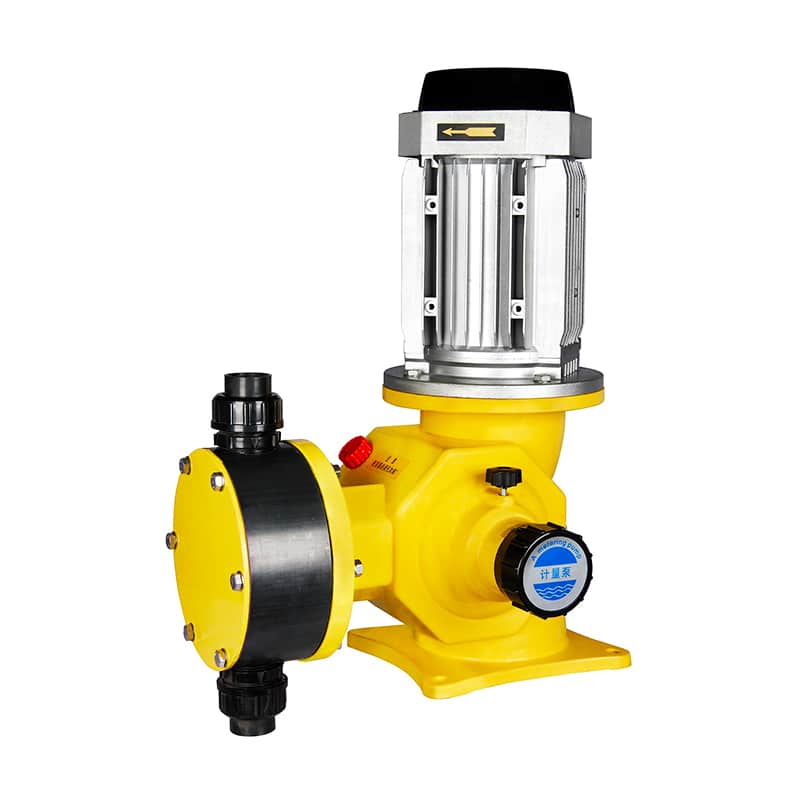
Neutralization treatment
Adjusting the pH of wastewater is critical to various wastewater treatment processes because different treatment steps are more effective for specific pH ranges. This process involves adjusting acidic or alkaline wastewater to a neutral or near-neutral state.
Commonly used neutralizing agents:
calcium hydroxide
sodium carbonate
sulfuric acid
salt solutions
Disinfection
Disinfection is used to kill or inactivate microorganisms in wastewater so that the water can be safely discharged or reused. Commonly used disinfection methods include:
Chlorine disinfection: using chlorine gas, sodium hypochlorite (bleach), chloramines, etc.
Ozone disinfection: uses ozone gas, which effectively kills microorganisms.
Ultraviolet radiation: uses ultraviolet light to kill bacteria and viruses.
Extraction
Extraction is a method of extracting specific organic substances or pollutants from wastewater using a solvent. This method is commonly used to remove organic substances, including oils and fats, dyes, solvents, pesticides, etc., as well as some specific metal ions.
Principle:
- Extractant selection: select the appropriate organic solvent or extractant, so that the target pollutants can be dissolved in the solvent and separated from each other and the pollutants in the wastewater.
- Liquid-liquid extraction: Wastewater is brought into contact with the selected solvent, allowing the target contaminant to partition between two different liquids. The target substance will be transferred from the wastewater to the solvent, achieving separation.
- Separation and recovery: After the target contaminant has been transferred from the wastewater to the solvent, physical methods are used to separate the two liquids. The solvent can then be regenerated or recovered, resulting in a pure solvent and the extracted contaminant.
Types of extraction methods:
- Organic solvent extraction: utilizes organic solvents (e.g., butanone, toluene, etc.) to interact with the organic substances in the wastewater to separate the organic substances from the aqueous phase.
- Metal Ion Extraction: Metal ions in wastewater can be effectively extracted and recovered using specific extractants, such as chelating agents or extraction acids.
Other methods:
In addition to coagulation, flocculation, neutralization, disinfection and extraction, there are a number of other important chemical treatment methods:
Adsorption: The use of adsorbents, such as activated carbon, to remove organic substances and pigments.
Oxidation-Reduction: The use of oxidizing or reducing agents to convert hazardous substances into safer or more manageable forms.
What is a wastewater chemical control system?
A wastewater chemical control system is a system used to manage and regulate the chemical treatment portion of the wastewater treatment process. It typically includes a range of equipment, chemical additives and monitoring devices designed to ensure that chemicals in wastewater are properly treated and removed to meet discharge standards or reuse requirements.
Main components:
- Chemical dosing unit: includes equipment for adding chemicals, such as mixing tanks, dosing devices, agitators, etc., for adding specific chemicals to wastewater for treatment.
- Automatic control system: used to monitor and control the dosage of chemicals to ensure that the necessary chemicals are added to the wastewater at the proper time and under the proper conditions to achieve the best treatment results.
- Monitoring and detection devices: used to monitor parameters such as pollutants, pH, dissolved oxygen, turbidity, etc. in the wastewater, as well as the amount of chemicals dosed, in order to adjust and control the treatment process in real time.
- Reaction tanks and sedimentation tanks: used for the treatment processes such as reaction, coagulation, and sedimentation of chemical substances with pollutants in wastewater, so that pollutants can be removed or transformed.
- Adjustment device: It is used to adjust the dosage of chemical substances and treatment conditions according to the changes of wastewater properties, so as to ensure the stability and controllability of the treatment effect.
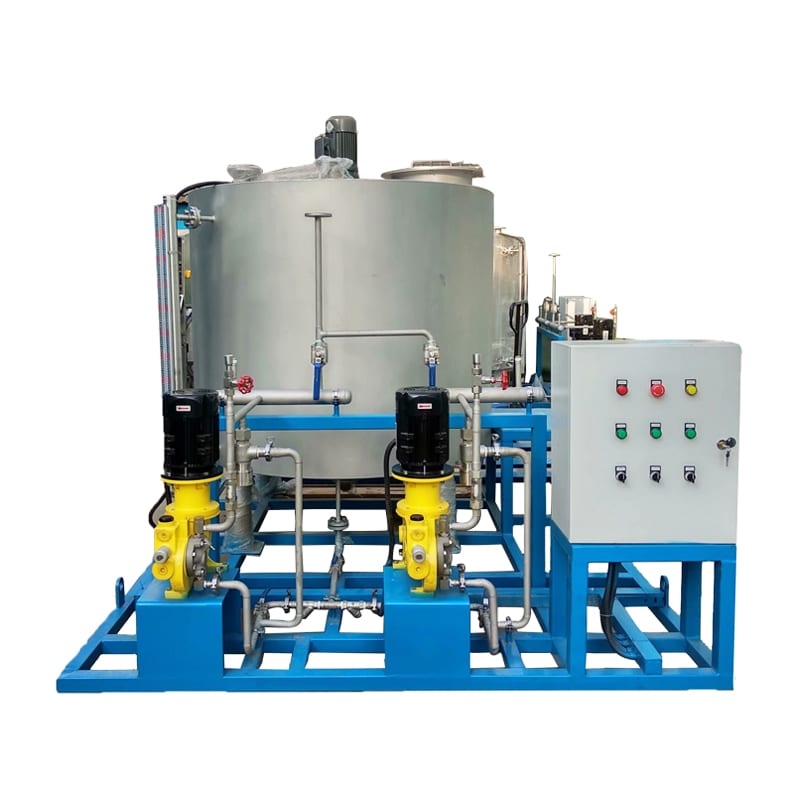
The function and advantages of chemical treatment of wastewater
Chemical treatment plays an indispensable role in wastewater treatment, and its role and advantages are reflected in the following aspects:
- Advantages of removing specific pollutants and microorganisms:
Precision and selectivity: Chemical treatments can be designed to target specific pollutants, for example, through coagulation, flocculation, precipitation, etc., to accurately remove specific pollutants such as heavy metals and organics.
Rapid and effective: chemical treatments are usually able to act quickly and produce noticeable results in a relatively short period of time, allowing pollutants to be rapidly transformed or precipitated, facilitating subsequent treatment steps.
Broad spectrum: Different types of chemicals can target different pollutants, from heavy metals to organics to microorganisms, providing a wide range of treatment options.
- The important role of chemical treatment in wastewater treatment:
Improvement of water quality: By adjusting pH, removing heavy metals, destroying microorganisms, etc., chemical treatment helps to transform wastewater into clean and safe water resources that meet discharge standards or reuse requirements.
Improve efficiency: Chemical methods can accelerate the speed and efficiency of wastewater treatment, treating large quantities of wastewater in a shorter period of time, increasing treatment capacity and efficiency.
Reduce environmental risks: Effective removal of specific pollutants and microorganisms helps to minimize the negative impacts of wastewater on the environment and ecosystems, reducing damage to soil, water resources, and biodiversity.
- Indispensability:
Chemical treatment is indispensable in wastewater treatment because other treatment methods, such as biological treatment and physical treatment, are often unable to completely remove specific pollutants or microorganisms. Chemical treatment provides a more precise and rapid means of removing all types of contaminants, thus making wastewater treatment more comprehensive and thorough.
Summary
Chemical treatment of wastewater is a key process for the targeted removal of pollutants from wastewater through the use of a variety of chemical methods and specific chemicals to ensure that the water quality meets the required standards. This type of treatment not only removes specific pollutants efficiently and accurately, but also plays an important role in environmental protection and wastewater reuse.
HAOSH offers the above dosing metering pumps, mixers and chemical dosing systems in addition to pump accessories such as calibration columns, pulsation dampeners. For more information, please feel free to contact us.
